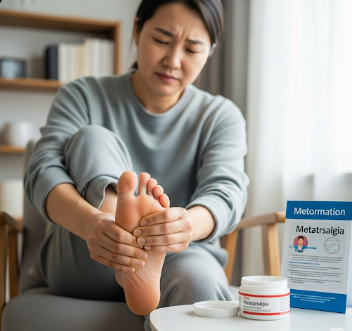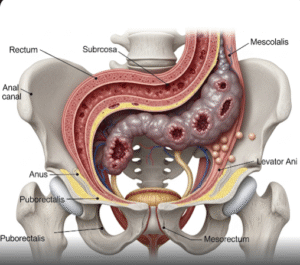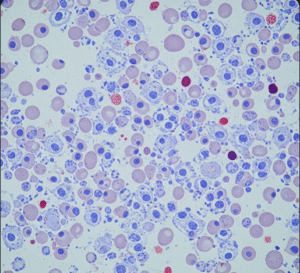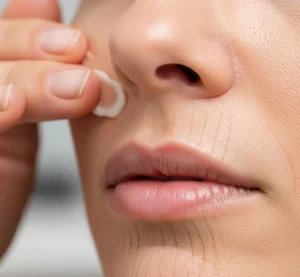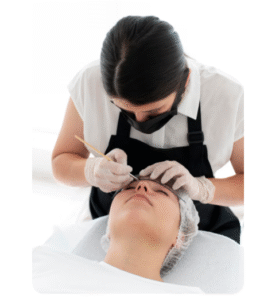Overview
Metatarsalgia is a condition characterized by pain and inflammation in the ball of the foot, typically under the metatarsal heads. This pain often occurs during walking, running, or standing for extended periods, and can significantly affect mobility and daily activities. Metatarsalgia is not a single disease but a symptom caused by multiple underlying factors, including foot structure, activity levels, or medical conditions.
In Korea, treatment of metatarsalgia combines orthopedic care, physical therapy, footwear modification, and advanced interventions to relieve pain and restore normal foot function.
Key Facts
➤ Pain is localized at the ball of the foot, sometimes radiating to the toes.
➤ Causes include overuse, foot deformities, ill-fitting shoes, or systemic conditions.
➤ Symptoms worsen with physical activity, especially high-impact activities.
➤ Proper footwear and foot mechanics correction are central to management.
➤ In Korea, treatment ranges from conservative measures to minimally invasive surgical options.
What is Metatarsalgia?
Metatarsalgia occurs when excessive pressure or inflammation affects the metatarsal region of the foot.
➔ It is painful inflammation rather than infection.
➔ Usually affects the second, third, or fourth metatarsal heads, depending on foot mechanics.
➔ Pain can be sharp, burning, or aching, and may be accompanied by numbness or tingling in the toes.
Causes of pressure include:
- Foot structure abnormalities, such as high arches or flat feet.
- Wearing tight, narrow, or high-heeled shoes.
- Overuse in runners, athletes, or physically active individuals.
- Obesity or excess body weight, increasing pressure on metatarsals.
Symptoms Related to Metatarsalgia
➤ Sharp, aching, or burning pain in the ball of the foot.
➤ Pain that increases with activity and improves with rest.
➤ Numbness, tingling, or pins-and-needles sensation in toes.
➤ Swelling or inflammation at the metatarsal heads.
➤ Calluses or corns on the affected area due to pressure.
➤ Difficulty wearing certain shoes or walking long distances.
Causes / Possible Causes
Metatarsalgia can result from mechanical, medical, or activity-related factors:
Mechanical Causes
➤ Foot deformities – bunions, hammertoes, or high arches.
➤ Improper footwear – tight, narrow, or high-heeled shoes increasing pressure.
➤ Abnormal gait or excessive pronation leading to uneven weight distribution.
Activity-Related Causes
➤ Running, jumping, or high-impact sports.
➤ Prolonged standing or walking, especially on hard surfaces.
➤ Sudden increases in training intensity or footwear changes.
Medical and Systemic Causes
➤ Obesity increasing load on metatarsal heads.
➤ Arthritis – rheumatoid or osteoarthritis affecting joint alignment.
➤ Diabetes causing neuropathy and altered foot mechanics.
➤ Stress fractures or bone density issues weakening the metatarsals.
Other Contributing Factors
➤ Aging leading to fat pad thinning under the metatarsals.
➤ Previous foot injuries or surgery altering pressure distribution.
Risk Factors
➤ High-impact physical activities or sports.
➤ Wearing ill-fitting, high-heeled, or narrow shoes.
➤ Obesity or rapid weight gain.
➤ Structural foot abnormalities such as flat feet or high arches.
➤ Older age, leading to thinning of foot fat pads.
Complications
If left untreated, metatarsalgia may lead to:
➤ Chronic pain limiting daily activities and exercise.
➤ Development of calluses, corns, or blisters due to uneven pressure.
➤ Altered gait, causing knee, hip, or back pain.
➤ Stress fractures in metatarsal bones.
➤ Reduced quality of life due to limited mobility.
When Should I See My Doctor?
Consult a healthcare provider if:
➤ Pain persists longer than a few weeks despite rest and conservative care.
➤ Pain is severe, sharp, or burning, affecting mobility.
➤ There is swelling, redness, or deformity in the foot.
➤ Numbness, tingling, or loss of sensation occurs in the toes.
➤ Conservative treatment such as shoe modification or orthotics does not relieve symptoms.
Care and Treatment
Lifestyle and Home Measures
➤ Rest and reduce high-impact activity.
➤ Apply ice to reduce pain and inflammation.
➤ Wear well-cushioned, supportive footwear.
➤ Use metatarsal pads or insoles to redistribute pressure.
➤ Maintain a healthy weight to reduce foot stress.
Medical Treatments
➤ Prescription anti-inflammatory medications for pain relief.
➤ Physical therapy for stretching, strengthening, and gait correction.
➤ Corticosteroid injections in cases of persistent inflammation.
➤ Surgery in severe cases to correct structural deformities or relieve pressure.
Preventive Measures
➤ Avoid prolonged wearing of high heels or narrow shoes.
➤ Gradually increase physical activity intensity.
➤ Regularly check foot alignment and pressure points.
➤ Use supportive orthotics or insoles if prone to metatarsalgia.
Treatment Options in Korea
Korean healthcare provides comprehensive care for metatarsalgia:
Diagnostic Services
➤ Foot X-rays to check for stress fractures or bone abnormalities.
➤ MRI for soft tissue evaluation.
➤ Gait analysis and orthopedic assessment to identify pressure points.
Therapies and Supportive Care
➤ Prescription NSAIDs, physical therapy, and orthotic devices.
➤ Custom shoe inserts and padding to redistribute pressure.
➤ Minimally invasive procedures for structural correction if needed.
➤ Traditional Korean medicine options such as acupuncture and herbal therapy.
➤ Multidisciplinary approach combining orthopedics, rehabilitation, and podiatry.
✅ In summary: Metatarsalgia is pain in the ball of the foot, often caused by mechanical stress, foot deformities, or systemic conditions. While usually manageable with footwear modification, physical therapy, and lifestyle adjustments, persistent or severe cases may require medical intervention. In Korea, patients benefit from advanced orthopedic diagnostics, tailored therapy, supportive care, and integrative approaches to relieve pain, restore function, and prevent recurrence.

